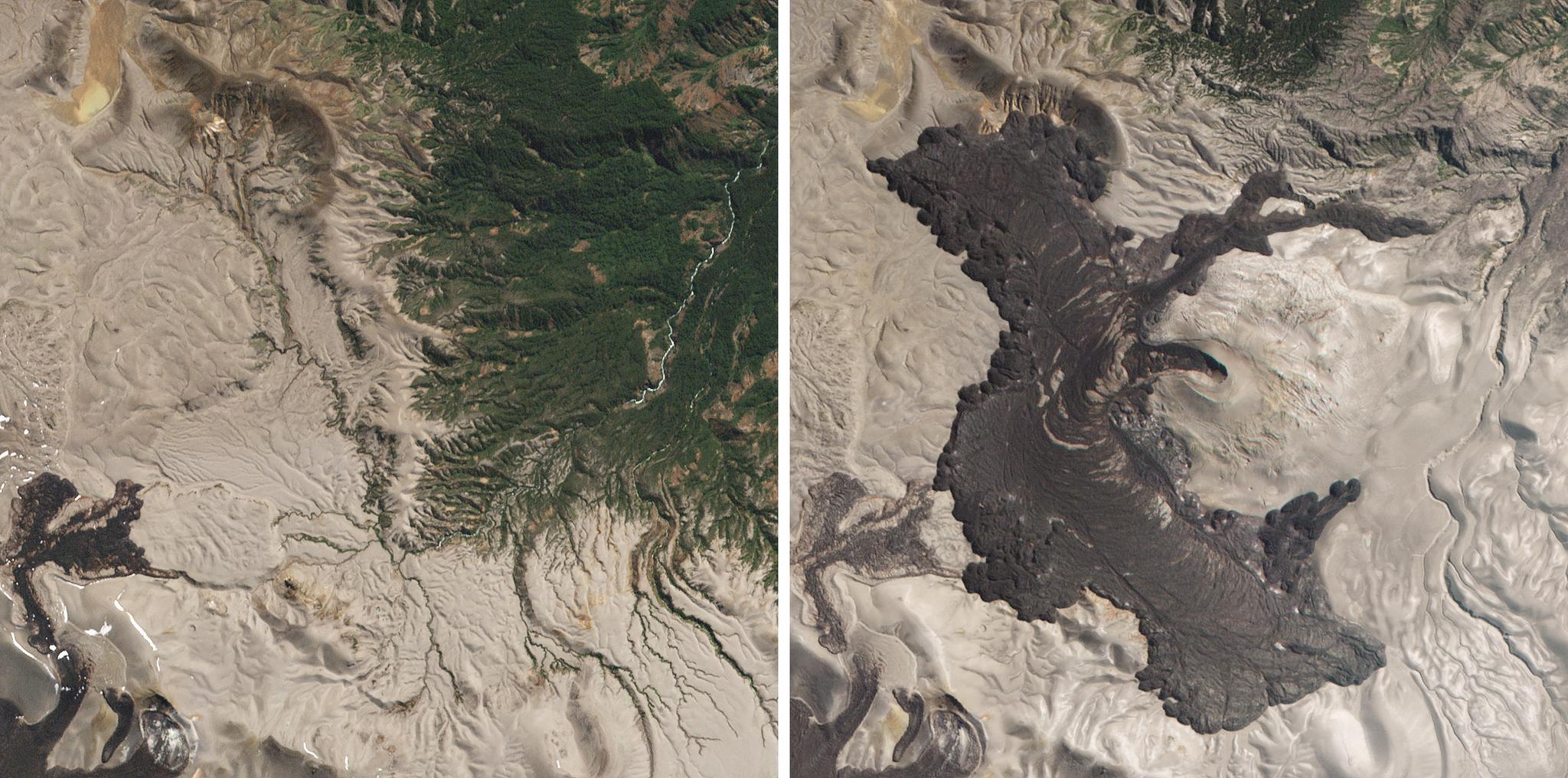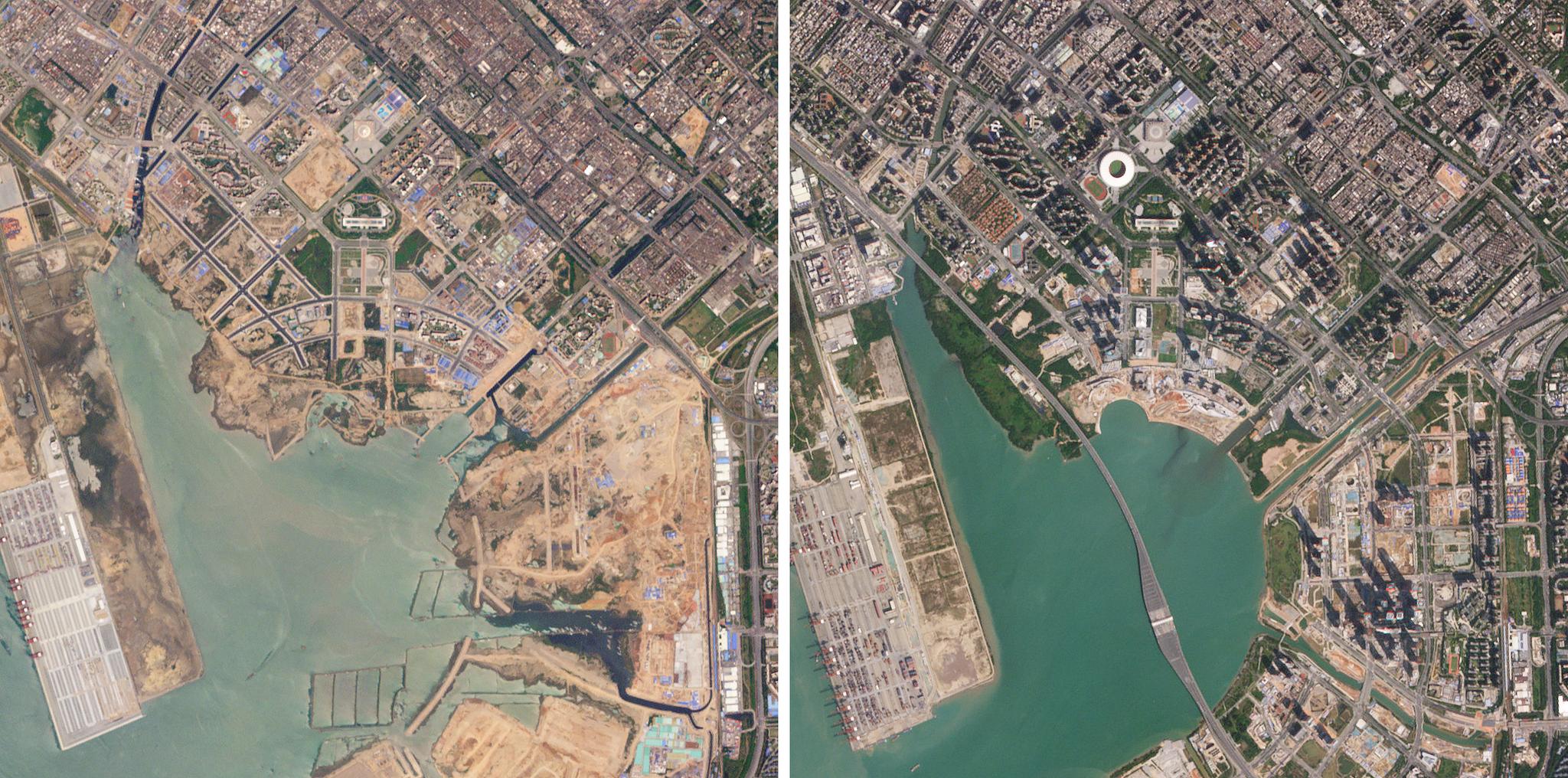RapidEye Constellation to be Retired in 2020
It’s with mixed sentiments that we share that Planet’s RapidEye constellation will be retired at the end of March 2020. After 11 years of faithfully gathering imagery, it has aged gracefully, to say the least. RapidEye has gone above and beyond, making invaluable contributions to our global Earth observation dataset since being acquired from BlackBridge in 2015. The constellation has been in operation nearly four years longer than its design life and has generated the largest global archive of five meter satellite imagery to date. Having surpassed its mission, and in accordance with Planet’s satellite operating license, we have chosen to retire the satellites proactively, staying committed to space exploration best practices and space debris regulations. Since being launched into sun-synchronous orbit aboard the Dnepr rocket in Kazakhstan in 2008, the five RapidEye satellites have:
- Orbited the Earth more than 305,000 times
- Traveled a distance of nearly 13,422,000,000 kilometers, which is over 89 times the distance between the Earth and the Sun
- Taken more than 660,000 pictures of Earth’s total landmass, which is equal to more than 15 billion square kilometers of imagery data
RapidEye satellites will no longer collect imagery for commercial or noncommercial use, but their contributions to Earth observation will always remain in our digital memories. Planet remains the steward of RapidEye’s vast archive of impressive imagery, which customers will continue to leverage. With support from our teams, customers who use RapidEye imagery will transition to our Next-Generation PlanetScope products, which provide higher spatial resolution as well as continuity with the red, green, blue, near infrared and red-edge bands. While there are no plans to build a second generation of RapidEye satellites, Planet forecasts that our Next-Generation PlanetScope product will meet, or exceed, RapidEye’s historical coverage of Earth’s landmass. We also will continue to invest in future iterations of Dove satellites, creating significant enhancements to our medium-resolution PlanetScope imagery. RapidEye has been a vital contributor to Planet’s mission of making change visible, accessible and actionable. Though the satellites remained active for just over a decade, their impact on the field of aerospace will be remembered for many a lifetime. Here is a series of images collected as a tribute to RapidEye's contributions: [caption id="attachment_144439" align="aligncenter" width="2176"]





Ready to Get Started
Connect with a member of our Sales team. We'll help you find the right products and pricing for your needs


